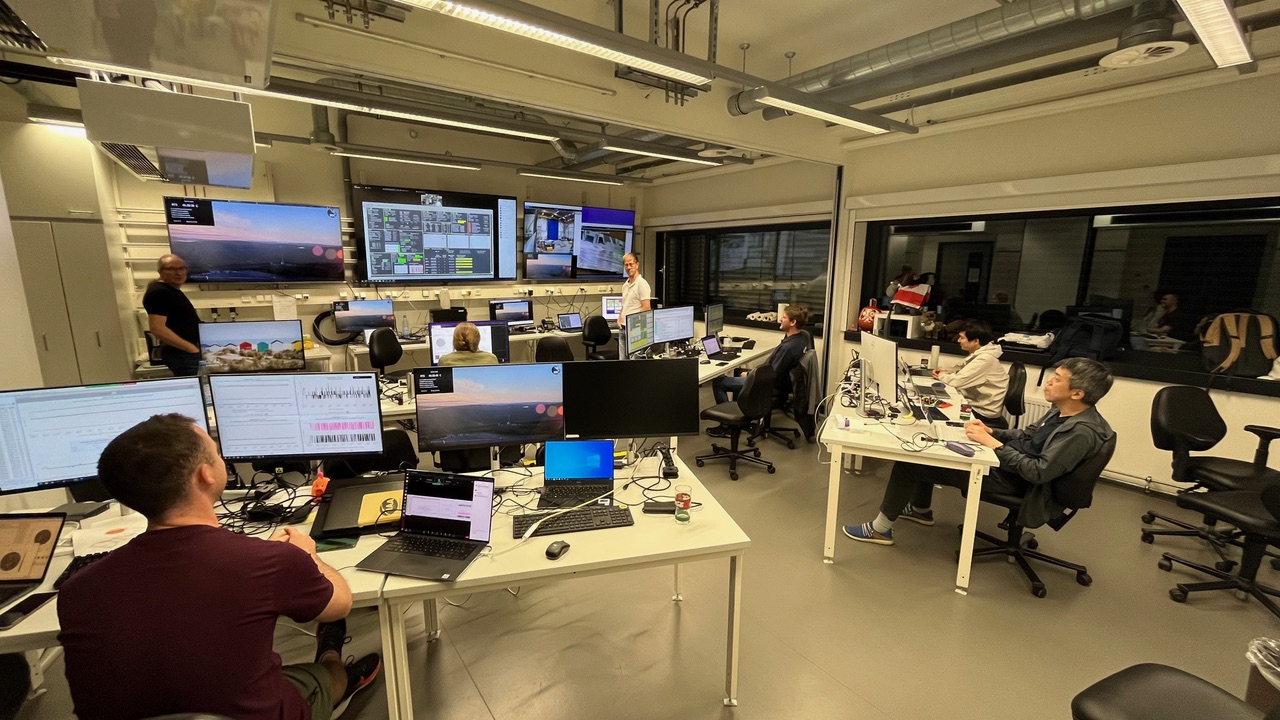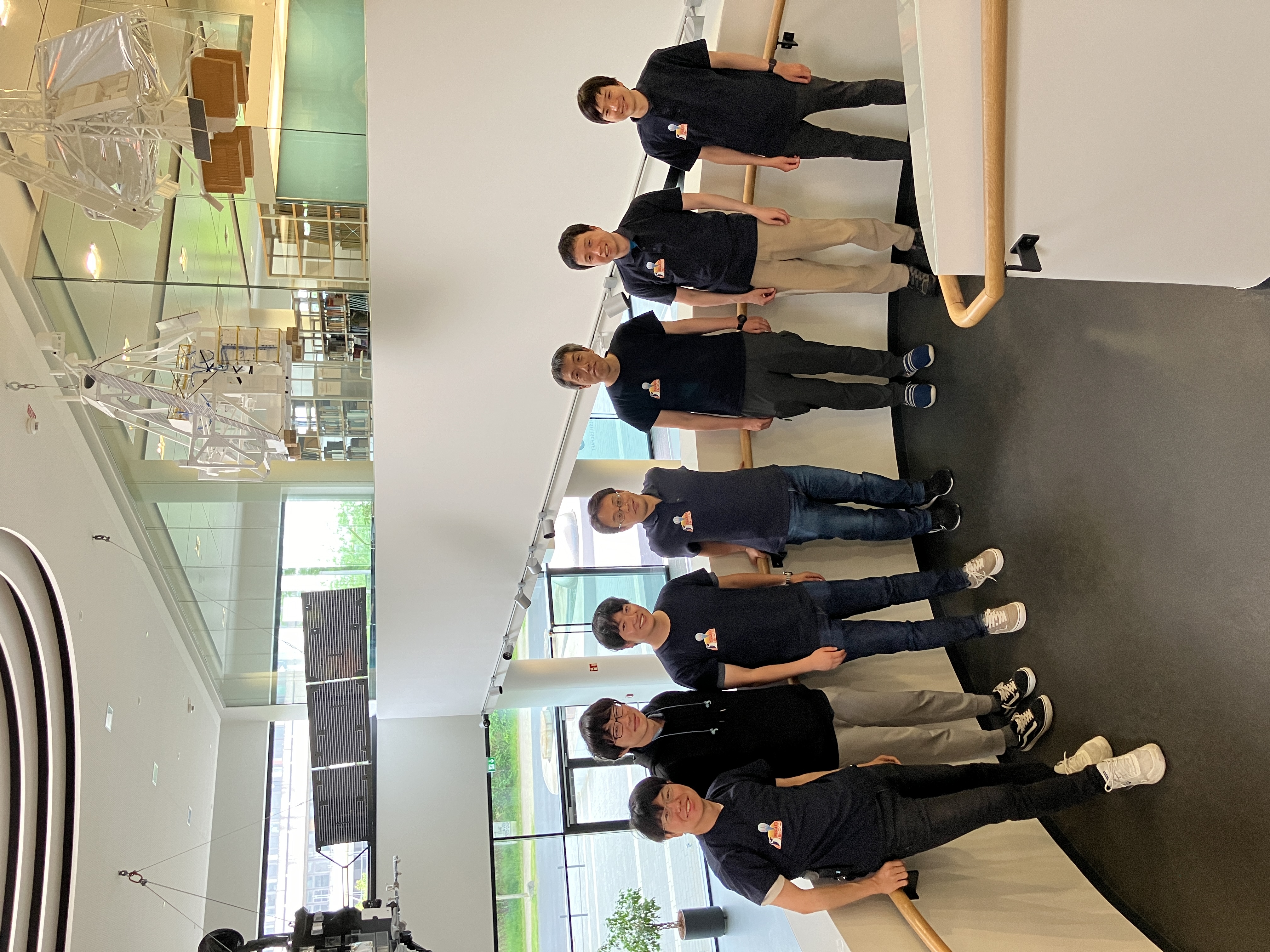Sunrise-Ⅲ, launched from the Esrange Space Center (Sweden) on July 10, 2024, flew in the stratosphere at an altitude of 35 km for six days and landed safely in northwestern Canada on July 16. Due to the stable environment of the stratosphere, all three observation instruments, including SCIP, were able to successfully obtain very high-quality solar observation data.
In order to carry out scientific operations around the clock, in addition to the operation base at the Max Planck Institute (Germany), a remote operation room was set up at the National Astronomical Observatory of Japan. We succeeded in observing various targets including sunspots and solar flares, and the vast amount of observational data was secured by the recovery team and has already been transported to the National Astronomical Observatory of Japan. Data processing and calibration will be carried out in the future so that researchers around the world can use the scientific data in one year. Expect to the announcement of the research results.






【関連リンク】
- JAXA ISAS NEWS vol.521(Japanese)
https://www.isas.jaxa.jp/outreach/isas_news/files/ISASnews521.pdf - Report from the Max Planck Institute
ttps://www.mps.mpg.de/8077643/news_publication_22306929_transferred?c=6775 - Sunrise-Ⅲ X account
https://x.com/Sunrise_III

